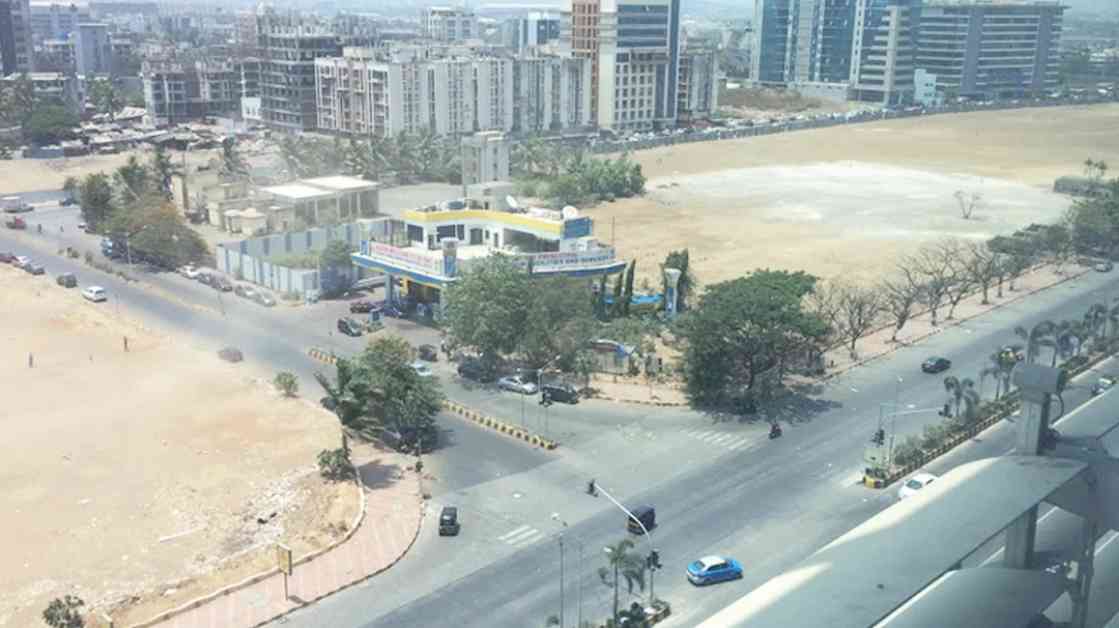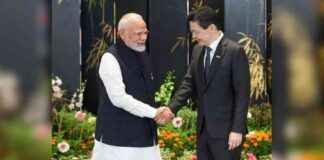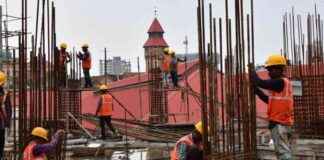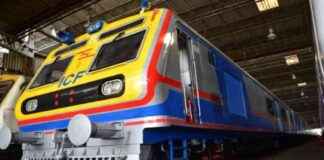Mumbai Metropolitan Region (MMR): A Promising Future as a Global Financial Hub
As the economic landscape continues to evolve, the Mumbai Metropolitan Region (MMR) is poised to emerge as a global financial hub, thanks to a transformative master plan unveiled by CM Eknath Shinde in collaboration with NITI Aayog. This ambitious plan sets a target to double MMR’s GDP from ₹12 lakh crore to ₹25 lakh crore by 2030, highlighting the region’s potential for rapid economic growth and development.
Infrastructure Development: A Key Priority
Central to the master plan is a substantial investment of USD 50 billion in infrastructure projects, focusing on enhancing the region’s connectivity through the development of roads and Metro lines. While this investment is crucial for laying the foundation for MMR’s economic growth, there is a noticeable gap in funding for “Amenities for Liveability and Talent Attraction” (ALTAs). These amenities, including affordable housing, efficient public transport, and green spaces, play a vital role in attracting global talent and fostering long-term economic success.
The report emphasizes the importance of investing in ALTAs as the “last mile” of development, essential for creating a vibrant urban environment that appeals to both residents and businesses. Neglecting these critical components could jeopardize MMR’s ability to retain and attract top talent, a key driver for future economic prosperity.
Addressing Affordability Challenges and Workforce Participation
Despite its economic potential, Mumbai faces significant affordability challenges, with rents often consuming more than 50% of household income—well above the global benchmark of 30-35%. To address this issue, the master plan advocates for a comprehensive approach to affordable housing, recognizing it as a fundamental aspect of urban infrastructure. Beyond slum rehabilitation, the plan calls for measures to ensure that new residents can afford to live and work in the city, thereby supporting talent retention and fostering a diverse workforce.
Furthermore, the report highlights the need to enhance female workforce participation by integrating supportive infrastructure such as clean public toilets, CCTV security, childcare facilities, and last-mile connectivity into urban planning. These initiatives are essential for boosting workforce engagement, which currently lags behind both state and national averages in MMR.
Redefining Urban Development Strategies
Despite experiencing economic growth between FY12 and FY20, MMR’s progress has trailed behind the national average, growing at a rate of 6.1% compared to the country’s 6.6%. Additionally, labor force participation in the region is lower than both state and national averages. To address these challenges, the master plan calls for improved planning in critical areas such as bulk water supply, waste management, and transport infrastructure.
Looking ahead, the report proposes a shift towards developing new mini-cities and urban clusters, moving away from conventional brownfield city planning approaches. These urban clusters would adhere to five core principles: engaging top-tier planners, allocating 40% of space to street grids and green areas, prioritizing ALTAs, offering mixed-use flexibility for developers, and integrating sustainable practices for long-term viability.
Government and Private Sector Collaboration for Growth
The involvement of the Central Government is deemed essential in accelerating the development of Vadhavan Port and establishing MMR as a global aviation hub. Additionally, the redevelopment of land from the Mumbai Port Trust presents a significant opportunity for creating jobs, expanding housing options, and boosting tourism in the region. Furthermore, the report identifies the redevelopment of 2.2 lakh slum households on government land as crucial for achieving the “Housing for All” vision.
Private investment is expected to drive much of MMR’s transformation, with an estimated $125-135 billion (approximately INR 11 lakh crore) needed—accounting for 70% of the total investment required. The report suggests that MMR has the potential to capture 15-20% of India’s incremental market by FY30 by attracting fintech unicorns, NBFCs, and other industries, positioning the region as a hub for innovation and economic growth.
In conclusion, the master plan for the Mumbai Metropolitan Region outlines a comprehensive strategy to position the region as a global financial center, emphasizing the importance of infrastructure development, affordability, workforce participation, and sustainable urban planning. With concerted efforts from both the government and the private sector, MMR is poised to realize its potential as a thriving economic hub in the years to come.




















